Abasuba Community Peace Museum
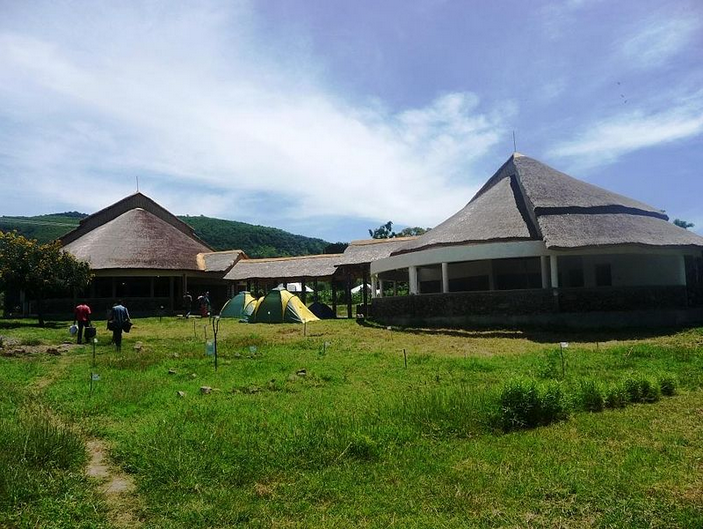
The Abasuba Community Peace Museum was founded in 2000, and is located in Ramba, Waware, Suba North District, Homa Bay County, Kenya.
The Abasuba community Peace museum has seven working staff and over twenty indirect working staff within the rock art sites. The museum is also a research centre for students, doctors and professors and other related intellectuals wishing to study archaeological sites of the Lake Victoria region.
In 2007, TARA received a grant from the Kenyan Tourism Trust Fund (TTF) to increase awareness of rock art, to promote rock art for tourism and to conserve and develop sites in a way that will lead to improving the quality of life in Suba District. To achieve this, training, improved infrastructures which include a new museum and community centre and sustained, creative marketing are carried out. The design for the new museum was done by Phillip Okello of Urban Design Associates from Nairobi. The project is managed by Gloria Borona, a project officer at TARA.
Aeumbu Community Peace Museum
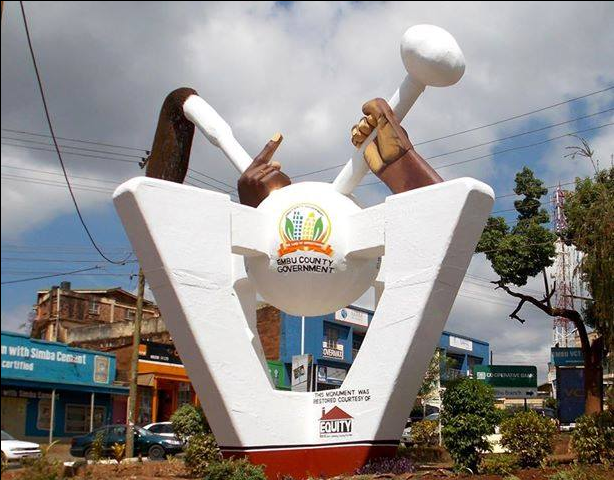
Aembu Peace Museum is a community-based organization project and a member of the Community Peace Museums Heritage Foundation (CPMHF), a nationwide collaborative initiative of community peace museums of Kenya. CPMHF is registered as a civil society organization which aims to work with community members for social harmony and sustainable holistic development. Founded in 2002, it was a development of the former Community Peace Museums Programme, initiated in 1999. CPMHF has a membership of twenty-three community peace museums, of which seven are already fully established.
The Aembu Peace Museum was initiated in 2004. It started as a research project on peace and the cultural heritage knowledge of the Aembu people. This research process developed to a level of formal simple documentation and collection of peace artefacts and this triggered the curator to review the dream. It is that time when the idea of establishing the museum became part of the former research process.
August 7th Memorial Park
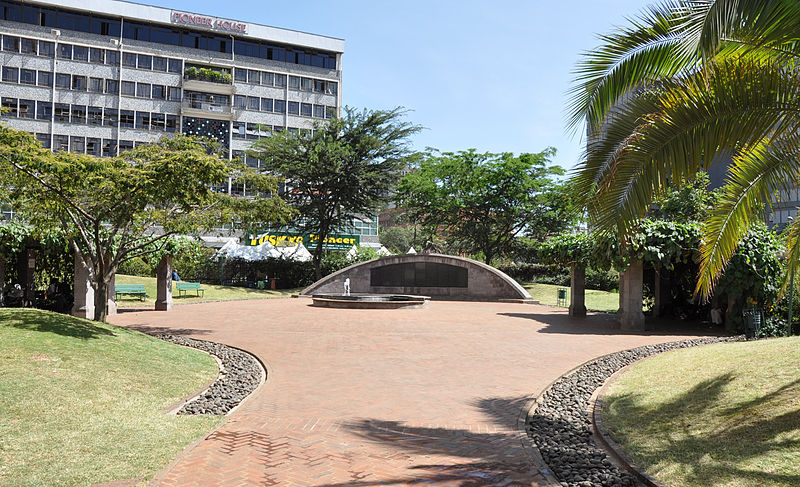
The August 7th Memorial Park is now a unique and serene place that stands at the site of the former American Embassy. It’s a place remembered in Kenyan history when terrorists used a car bomb to blow up the American Embassy and destroy other neighbouring buildings.
The Peace Memorial Museum was created within the Visitors Center to honour those who lost their lives during the tragic event on 7 August 1998. The museum was developed to tell the stories of those who survived and those whose lives were changed forever by the 1998 terrorist bombing of the US Embassy.
Today, Memorial Park has a beautiful garden where people come to reflect, remember and relax. The park also has a peace centre where people learn about the importance of living in harmony with neighbours and the need to condemn acts of violence so that peace prevails.
Akamba Community Peace Museum
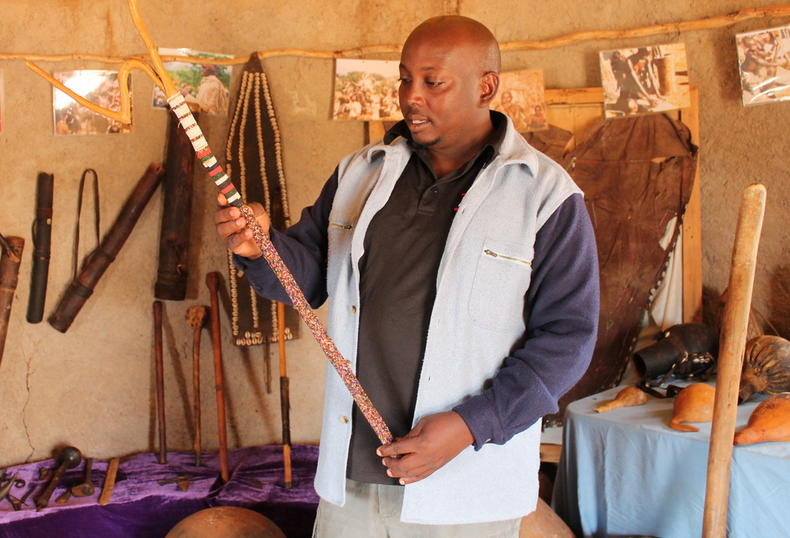
The Akamba Peace Museum is one of the 15 Community Peace Museums of the CMPHF. Munuve Mutiysa is the founder and curator of the Akamba Peace Museum. The Akamba Peace Museums is based in rural parts of Machakos County in Kenya in a village called Kyanzasu. The Peace Museum is a center where the Kamba Community come to learn and share their almost forgotten cultures of peace and dialogue.
The Akamba Peace Museum provides a unique space for learning that foster a culture of peace among the Akamba people. It provides a center to communicate publicly information, ideas and the content of the history and examples of peace and peace related issues. The peace museum forms an alternative voice of resistance to the dominant and dominating voices of violence.
Bomas of Kenya
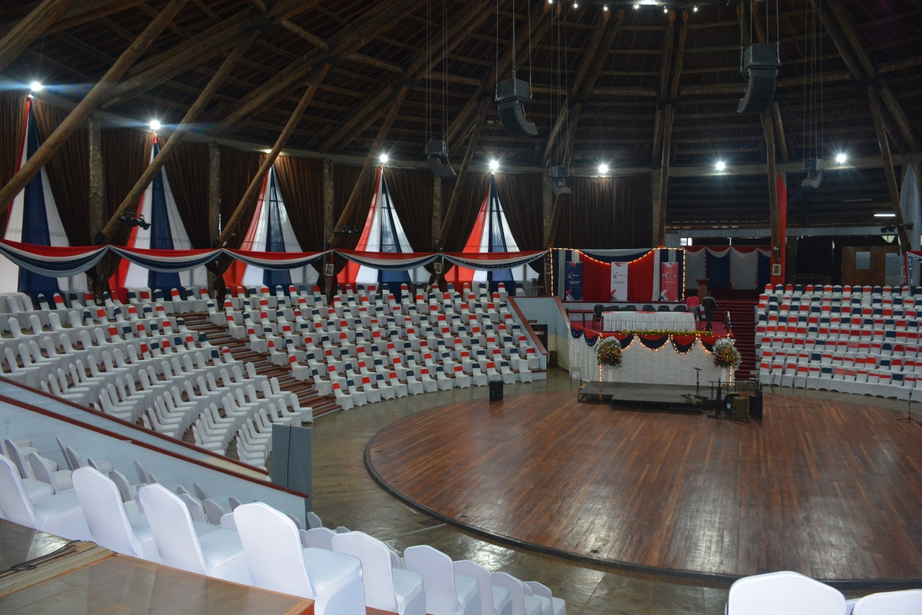
Bomas of Kenya was started by the Government of Kenya in 1971 as wholly-owned subsidiary of the Tourism Finance Corporation (TFC) the Company was established to Preserve, Maintain and Promote the Rich Diverse cultural values of various ethnic groups of Kenya and to act as a tourist attraction centre thus Bomas of Kenya is expected to preserve the authenticity of Kenya’s Cultural values and to portray them in the pure form.
The word Bomas comes from the Swahili word “Boma” meaning a homestead hence the word bomas in plural. It was established by the government in 1971 as a subsidiary company of Kenya Tourist Development Corporation as a tourist attraction. It also wanted to preserve, maintain and promote rich and diverse cultural values of various tribal groups of Kenya.
Bomas of Kenya is bound to play a bigger role in the development and promotion of cultural tourism in Kenya.
Fort Jesus Museum
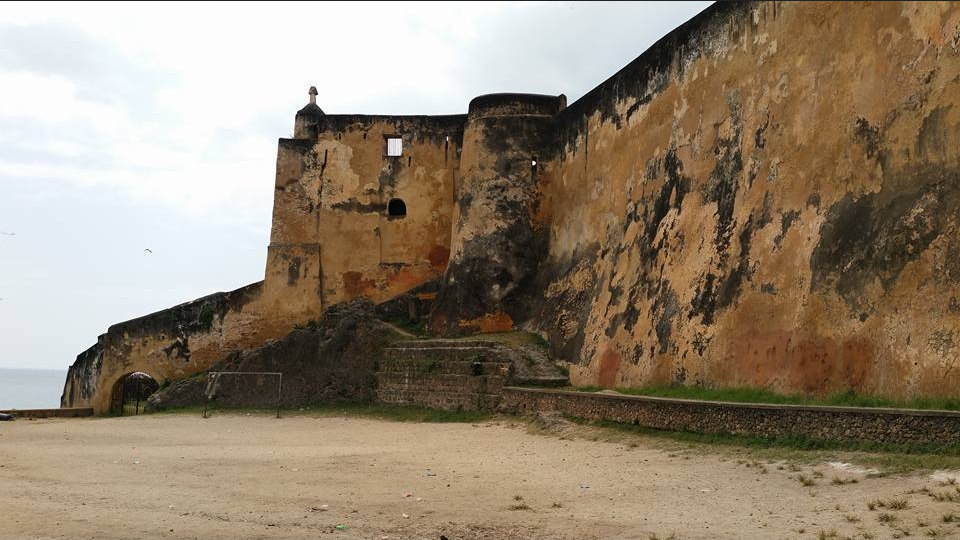
Fort Jesus Museum is located in Mombasa Island which is in the Coast province of Kenya.
The Fort Jesus museum exhibits consist of finds from archaeological excavations at Fort Jesus, Gede, Manda, Ungwana and other sites. Other objects on display were donated by individuals notably Mrs. J.C. White, Mr. C.E. Whitton and Mrs. W.S. Marchant. The Fort has lived through the years of hostilities and a hush climate and is structurally well maintained.
The Portuguese built Fort Jesus in 1593. The site chosen was a coral ridge at the entrance to the harbor. The Fort was designed by an Italian Architect and Engineer, Joao, Batista Cairato. The earliest known plan of the Fort is in a manuscript Atlas by Manuel Godinho de Heredia – dated 1610 which shows the original layout of the buildings inside the Fort.
Fort Jesus was built to secure the safety of Portuguese living on the East Coast of Africa. It has had a long history of hostilities of the interested parties that used to live in Mombasa. Perhaps no Fort in Africa has experienced such turbulence as Fort Jesus. Omani Arabs attacked the Fort from 1696 to 1698. The state of the Fort can be understood from the plan of Rezende of 1636 and other plans by Don Alvaro, Marquis of Cienfuegas and Jose, Lopes de Sa – made during the brief reoccupation by the Portuguese in 1728 – 1729. In the Cienfuegas plan, the names of the bastions are changed.
Between 1837 and 1895, the Fort was used as barracks for the soldiers. When the British protectorate was proclaimed on the 1st of July 1895, the Fort was converted into a prison. The huts were removed and cells were built. On the 24th October 1958, Fort Jesus was declared a National Park in the custody of the Trustees of the Kenya National Parks. Excavation was carried out and the Fort became a Museum in 1962. The Fort is now an important historical landmark in the East African region.
Nairobi National Museum of Kenya
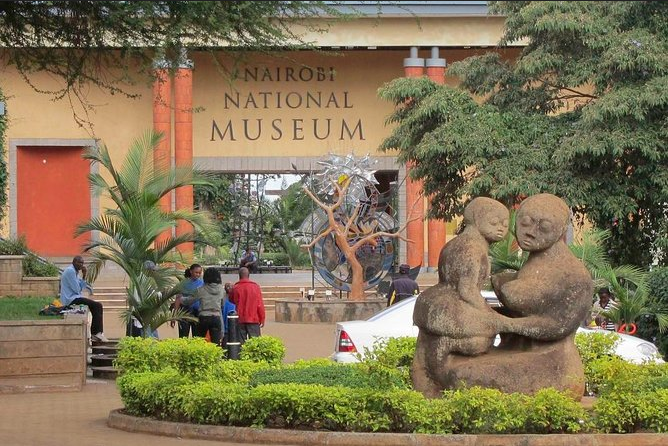
The Nairobi National Museum interprets Kenya’s rich heritage and offers a one stop for visitors to sample the country’s rich heritage both for education and leisure. In addition to the museum, visitors are treated to a variety of shopping and dining facilities, as well as botanical gardens that offer a serene environment.
The museum is open on all 356 days throughout the year from 0830hrs -17300hrs.Nairobi National Museum is located at the Museum Hill, approximately 10 minutes drive from the Nairobi city centre accessible both by public and private means. Built in 1929, this is the flagship museum for the National Museums of Kenya, housing celebrated collections of Kenya’s History, Nature, Culture and Contemporary Art.
The Museum was initiated in 1910 by a group of enthusiastic naturalists under the then East Africa and Uganda Natural History Society [currently the East African Natural History Society (EANHS)], who needed a place to keep and preserve their collections of various specimens. The first site for the museum was at the present Nyayo House, which later became too small and a larger building was put up in 1922 where the Nairobi Serena Hotel stands today.
In 1929, the colonial government set aside land for a museum construction at Museum Hill which was officially opened in September 22nd 1930 and named Coryndon Museum in honour of Sir Robert Coryndon, one time Governor of Kenya. In 1963 after independence, it was re-named the National Museum of Kenya (NMK).
The artworks and materials used in the fabrication of outdoor sculptures, the landscaping and the botanic gardens, link to the four pillars of Kenya’s national heritage i.e. nature, culture, history and contemporary art.
Kisumu Museum
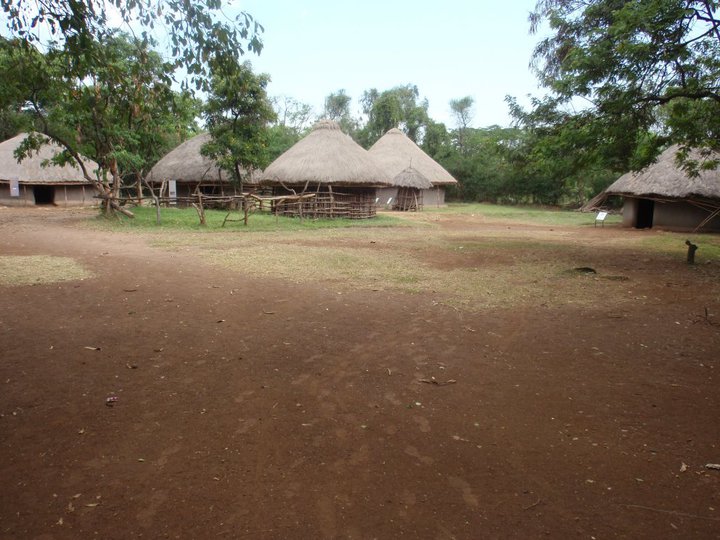
Mashujaa Museum
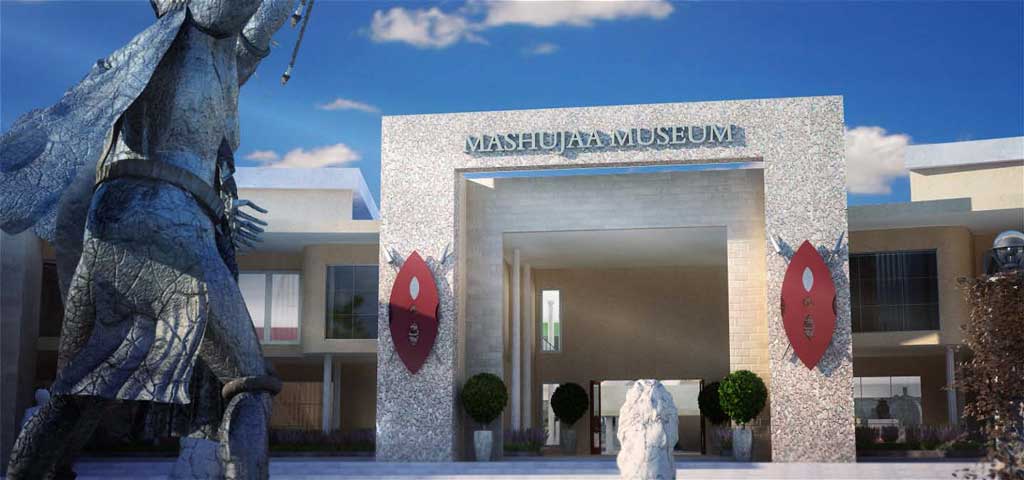
Mashujaa Museum in Nairobi is set to act as an archive of Kenya’s history since 1800. The museum is currently being developed by the National Museums of Kenya (NMK) in collaboration with other state agencies at Uhuru Gardens, Nairobi County.
According to NMK the history to be featured in the museum will span the early history and peoples of Kenya, colonization, independence, warfare, and development over the years. “Key aspects to be considered include the early history and people of Kenya, colonialisation, independence, military history, national growth and development of Kenya after the 2010 constitution,” said NMK.
The entrance to the museum will capture a patriotic feeling as Kenyan flags will be raised high on both sides alongside the coat of arms. Inside, the museum will depict the culture and history of Kenya with portraits of heroes such as former President Jomo Kenyatta, Tom Mboya, environmentalist Wangari Maathai and freedom fighter Dedan Kimathi.
Portraits and artifacts showing Kenyans’ struggle for independence will also be displayed in various sections. Others include photographs, films, unique literature, writings, maps, traditional weaponry, and musical instruments.
Further, in order to appreciate culture, photos of different types of wildlife, primarily the big five, will also be on display. Other sections will include a library, souvenir shop, and a stone artifact showing the first stanza of the national anthem in both English and Swahili.
Karen Blixen Museum

Karen Blixen Museum was once the centre piece of a farm at the foot of the Ngong Hills owned by Danish Author Karen and her Swedish Husband, Baron Bror von Blixen Fincke. Located 10km from the city centre, the Museum belongs to a different time period in the history of Kenya. The farm house gained international fame with the release of the movie ‘Out of Africa’ an Oscar winning film based on Karen’s an autobiography by the same title.
The Museum was built in 1912 by Swedish Engineer Ake Sjogren. Karen and her husband bought the Museum house in 1917 and it become the farm house for their 4500 acre farm, of which 600 acres was used for coffee farming. Their marriage failed after eight years and in 1921 the Baron moved on and left the running of the farm to Karen. Karen lived at the house until her return to Denmark in 1931. The house farm was bought by Remy Marin, who broke the land into 20 acre parcels for development. Subsequent development created the present suburb of Karen. Records indicate that a Lt. Col.G. Lloyd, an officer of the British Army bought the house in 1935 and lived there until his death in 1954, when it passed to his daughters, Mrs. G. Robersts and Lavender Llyod. A transfer of title to Mrs. J.P Robson and Mrs L.B. Hyde is in City Hall records in 1956. The house was sporadically occupied until purchased in 1964 by the Danish government and given to the Kenyan government as an independence gift.
The Kitale Museum

The museum was the first of the Inland museums to be developed in Kenya. It used to be known by the name the Stoneham Museum. It got its name from an amateur naturalist who lived in Kitale, by the name Lieutenant colonel Hugh Stoneham. He had a collection of insects, other animals and books from 1894 when he was only five years old. He continued his collection until 1966 when he died. Mrs. Linda Donley a peace Corp volunteer was the first curator in 1974.
In 1926, he founded the Stoneham Museum, a private museum and later willed his collections as well as funds for a new museum building to the Kenya Nation. A new building was erected on five acres of land on the outskirts of Kitale town. In December 1974, the National Museums of Western Kenya was opened and became the first regional museum in the Kenya Museum Society.
The Kitale Museum has a lot of ethnographical materials collected from surrounding ethnic groups in addition to Stoneham’s collections.
The museum now practice environmental conservation. It has a nature trail and Olof Palme Memorial Agroforestry – center, which was started in 1983. Its aim (the center) was to promote agroforestry in West Pokot district.
